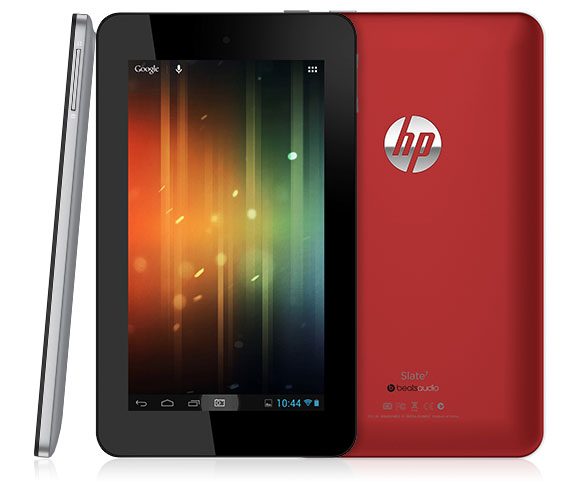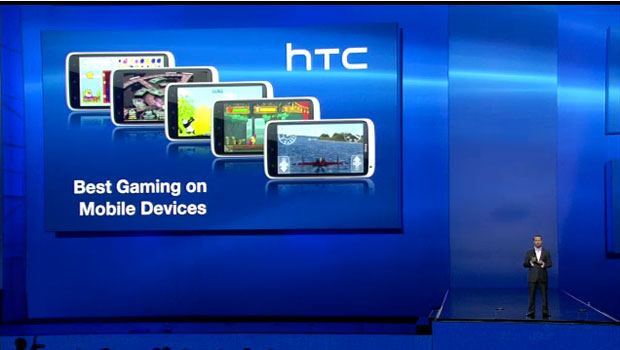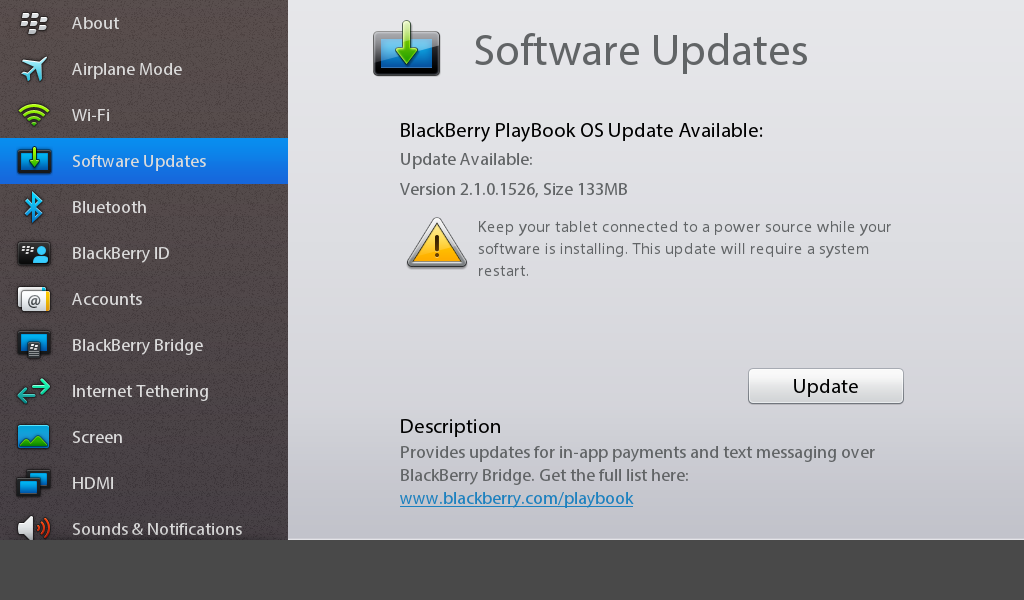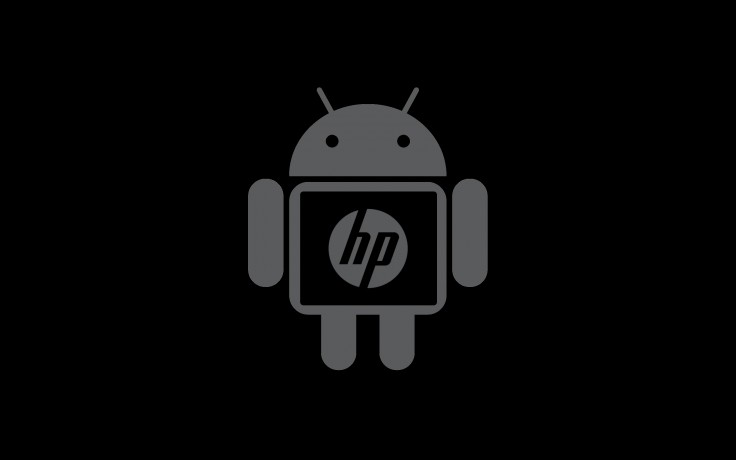Opera Software announced today that it has acquired Silicon Valley based Skyfire Labs, a leader in mobile video optimization and cloud solutions for mobility.
Skyfire, headquartered in Mountain View, California, is known for its Rocket Optimizer™ software. This allows mobile operators to leverage cloud computing to optimize virtually any video and other multimedia on crowded cell towers, including 3G and 4G LTE networks. Rocket Optimizer on average provides mobile networks a 60 percent boost in capacity by reducing the size of video and other multimedia content as needed to fit the available bandwidth. Skyfire can detect when specific users are facing poor quality of experience or connections that need assistance, and intervene in milliseconds. This can minimize the long start times, re buffering and stalls on video and audio streams that frustrate mobile users around the world. The approach aligns with the trend toward SDN (software-defined networking) and NFV (network function virtualization) among telecommunications operators, thanks to its elastic and virtualization-friendly cloud architecture.
Skyfire also offers Skyfire Horizon, a mobile browser extension and toolbar platform that allows users to personalize their smartphone browser and operators to gain new monetization opportunities. Skyfire has honed its technology through a variety of top-selling consumer applications, which have more than 20 million worldwide downloads to date.
Skyfire currently counts three large U.S. mobile operators as customers for its Rocket Optimizer and Skyfire Horizon solutions, and is in trials with ten other operators around the world.
“Opera and Skyfire are a natural fit,” said Lars Boilesen, CEO, Opera Software. “Both companies have evolved far beyond their browser roots. Skyfire adds capabilities to our portfolio around video, app optimization, smartphones and tablets, and strength in North America. With video expected to consume over two-thirds of global mobile bandwidth by 2015, and as time spent on Android and iOS apps explodes, we are excited to extend Opera’s solutions for operators.”
“Opera practically invented cloud compression to improve mobile user experience, and the team at Skyfire is proud to join forces and advance cloud solutions together,” said Jeffrey Glueck, CEO of Skyfire. “Opera’s over 100 carrier relationships, global sales team, and delivery organization can accelerate the global commercialization of Skyfire’s technology. Opera´s Mediaworks advertising unit with AdMarvel, Mobile Theory and 4th Screen Advertising will strengthen Skyfire Horizon by offering mobile operators a complete turnkey solution including ad optimization, ad sales, and rich analytics. The synergies across all the product lines for both companies are tremendous.”
After the deal closes, Glueck will assume the role of EVP of the Operator Business for Opera, as well as CEO of Skyfire, and will oversee the joint offerings for Opera across Opera Mini co-brand solutions for Operators and Skyfire’s product lines. Skyfire will remain an independent entity as a wholly-owned subsidiary of Opera, and will continue to develop and support the Skyfire browser.
The two companies envision a powerful new set of joint products to be released over the coming year by combining their talents and know-how. In particular, they look to expand on Opera’s Web Pass offering, which allows consumers to purchase innovative data plans such as an unlimited ‘day pass’ of popular apps and web sites for an affordable price, thanks to video and data optimization. WebPass can enable new business models for operators, such as toll free data, ad-supported data, and more.
“The market opportunity for video/media optimization solutions geared towards operators and consumers is significant. After a thorough evaluation of this market, we strongly believe Skyfire is the clear leader for the future in this space”, said Erik Harrell, CFO/CSO of Opera.
The acquisition price includes a mix of cash and stock, with an upfront consideration of US$50 million (including US$8 million of cash on the Skyfire balance sheet) and performance based earn-out payments over three years, including US$26 million in cash held in escrow and funded upfront, that can bring the total deal size to $155 million.
The Opera acquisition of Skyfire is expected to close before March 15, 2013.


































